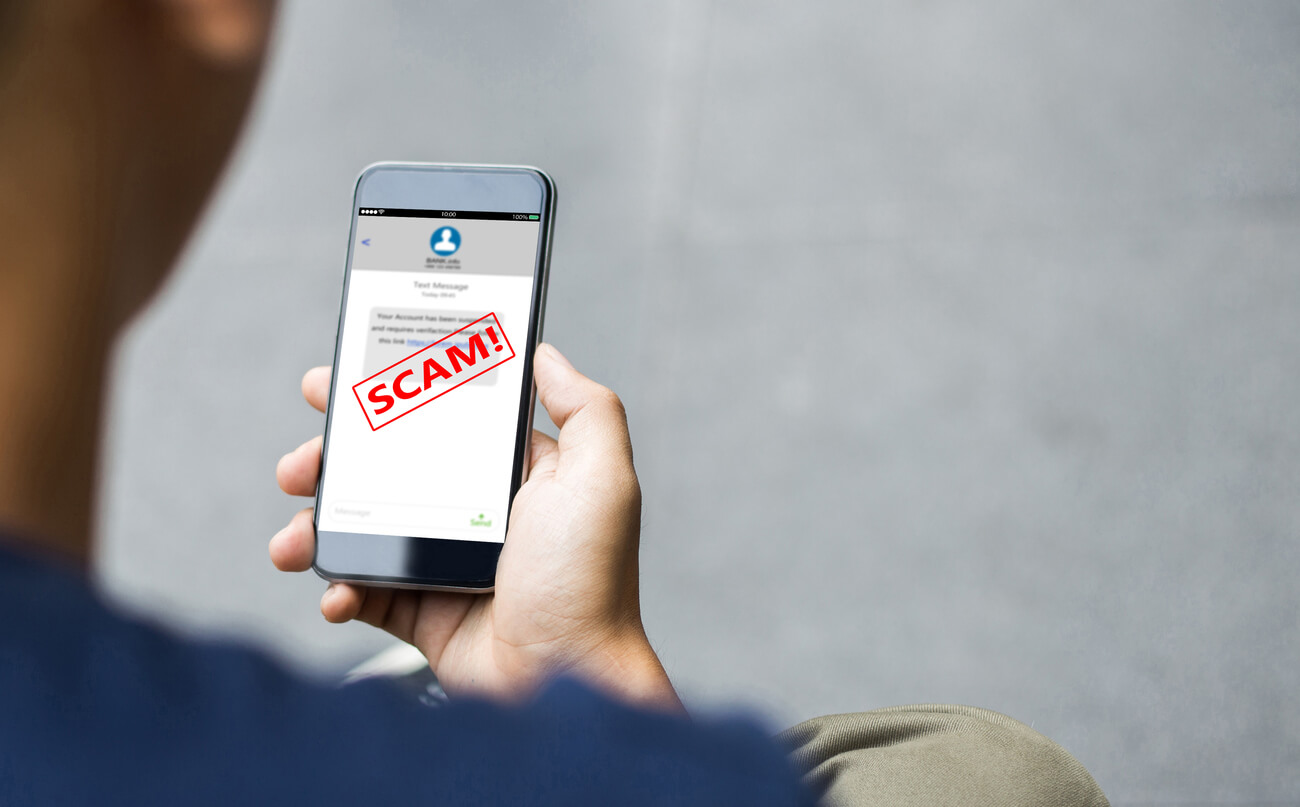

Navigating Vishing: A Guide to Defend Against Call Phishing
Introduction:
In an age dominated by technological connectivity, the persistent evolution of cyber threats brings forth a particularly insidious danger – voice phishing, commonly referred to as "vishing." This article delves into the intricacies of vishing, offering a thorough exploration of its characteristics, tactics, and actionable insights to empower individuals in recognizing and fortifying themselves against these call-based phishing attacks.
Understanding Vishing:
Vishing, a portmanteau of "voice" and "phishing," encapsulates the deceptive techniques employed by cybercriminals to extract sensitive information over the phone. These attackers adeptly impersonate trustworthy entities, utilizing psychological manipulation to coerce individuals into revealing personal or financial details. The sophistication of these schemes continues to evolve alongside technological advancements, making it imperative for individuals to stay informed.
How to Identify Vishing


Recognizing vishing scams is essential to protect yourself from falling victim to these fraudulent schemes. Here are some key indicators to watch out for:
1. Caller ID Spoofing
Vishers often use caller ID spoofing to make their calls appear as if they are coming from a trusted source. They may display a legitimate organization's name or phone number to gain your trust. However, it is important to remember that caller ID can be easily manipulated, and you should never solely rely on it to determine the authenticity of a call.
2. Urgency and Threats
Vishers often create a sense of urgency or use threats to pressure their targets into taking immediate action. They may claim that your account will be closed or that you will face legal consequences if you do not provide the requested information. Legitimate organizations rarely use such tactics and will give you time to verify the authenticity of the call.
3. Request for Sensitive Information
Be cautious if the caller asks for personal information, such as your social security number, credit card details, or passwords. Legitimate organizations will never ask for such information over the phone or through messaging apps. If in doubt, hang up and contact the organization directly using their official contact information.
4. Unusual Requests
Vishers may ask you to perform unusual actions, such as downloading software, visiting specific websites, or making payments through unconventional methods. These requests are often red flags indicating a potential scam. Always verify the legitimacy of such requests before taking any action.
5. Trust Your Instincts
Listen to your gut feeling. If something feels off or too good to be true, it probably is. Trust your instincts and be skeptical of unsolicited calls or messages, especially if they involve requests for personal or financial information.
How to Protecting yourself from Vishing


1. Verify Caller Identity:
Independently confirm the legitimacy of the caller by using official contact information, especially when the call is unexpected.
2. Be Skeptical of Unsolicited Calls:
Exercise caution with unexpected calls, especially those demanding immediate action or sensitive information.
3. Avoid Call-Backs:
When uncertain about a call's legitimacy, refrain from dialing back the number provided. Instead, use official contact information to verify the authenticity of the call.
Leveraging Technology:
1. Call Blocking Apps:
Install reputable call-blocking applications to filter and identify potential vishing calls, adding an extra layer of defense to your communication channels.
2. Two-Factor Authentication (2FA):
Enable 2FA wherever possible to enhance security, mitigating potential risks even if sensitive information is compromised.
Educate and Spread Awareness:
Sharing information about vishing contributes to the collective effort in building cybersecurity resilience. Empower yourself and others within your social circles to recognize and combat evolving threats effectively.
Conclusion
In a digital landscape characterized by both convenience and challenges, staying informed and adopting proactive measures are paramount for safeguarding against the growing threat of vishing scams. By remaining vigilant, educating others, and adhering to best practices, individuals can significantly reduce the risk of falling victim to call-based phishing attacks, fostering a safer and more secure digital environment for all.
Enhance your security posture with Phish Defense! Subscribe today for a complimentary trial and immerse yourself in a realm of invaluable insights, expert tips, and exclusive content. Take the first step towards a more secure future – start your Phish Defense trial now and fortify your defenses against phishing threats!
Remember, staying vigilant and informed is the key to protecting yourself from vishing scams. By being aware of the latest threats and following the best practices for cybersecurity, you can minimize the risk of falling victim to these fraudulent schemes.
Stay safe, stay informed!








